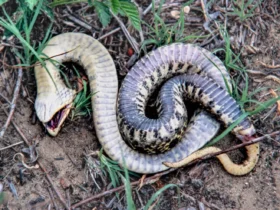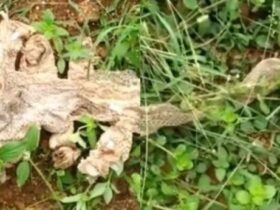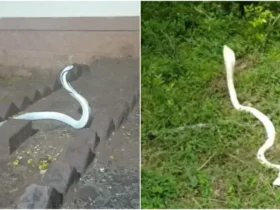Arizona, often associated with its dry and windy desert landscape, is emblematic of the independent and adventurous spirit of American individualism. However, it wasn’t always devoid of forests and wooded stretches. In fact, millions of years ago, Arizona was home to a lush subtropical forest, which is now preserved in the Petrified Forest National Park in the northeastern part of the state.
The story of Arizona’s petrified wood dates back approximately 225 million years to the Late Triassic period. The park, covering nearly 150 square miles at an elevation of over 5,000 feet, is not only one of the world’s largest natural tourist attractions but also a valuable resource for researchers. Although the park’s current vegetation consists primarily of desert plants like grasses and cacti, it holds a wealth of information about the ancient landscape.
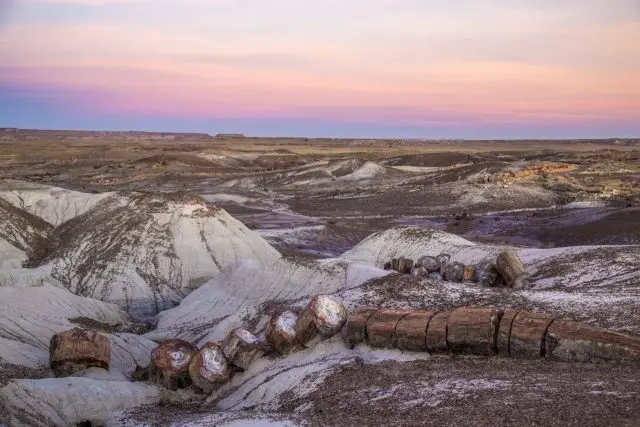
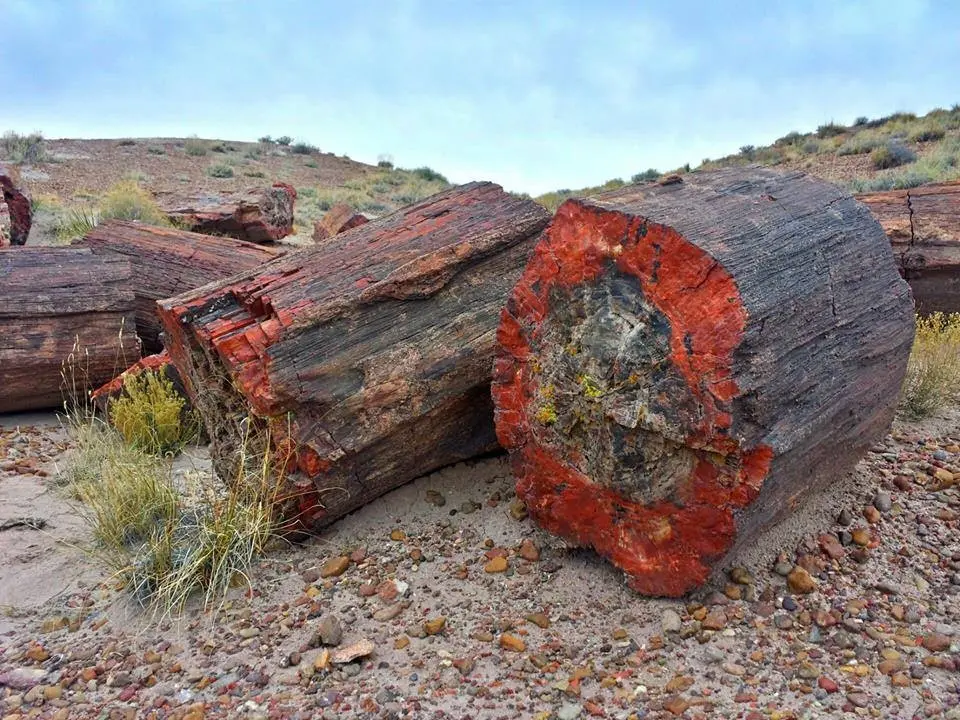
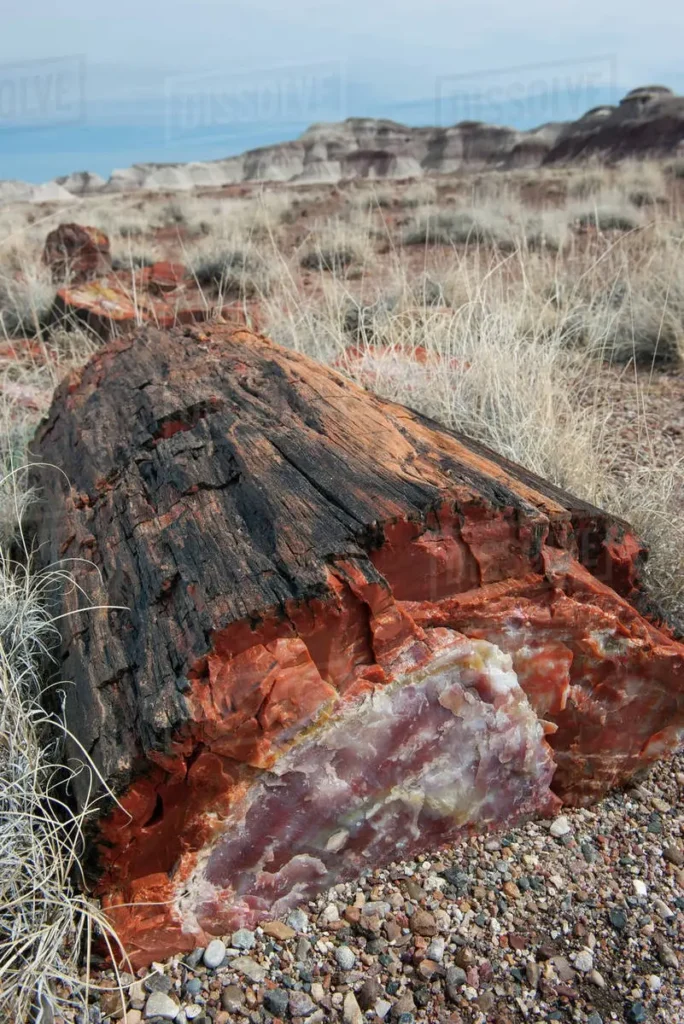
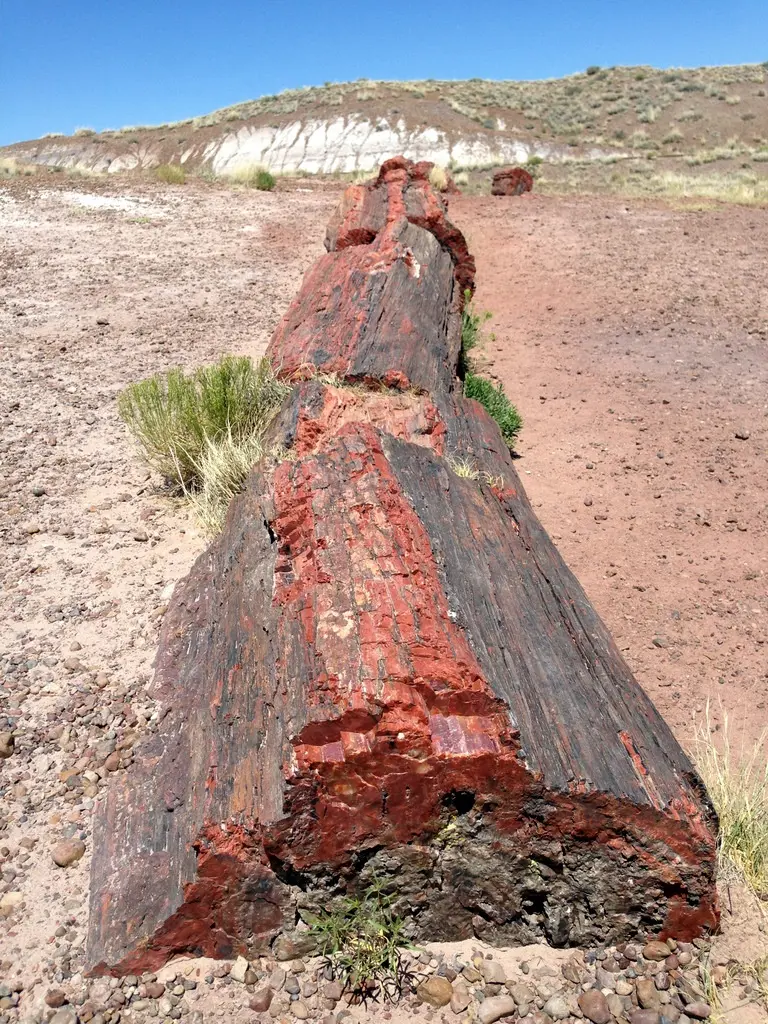
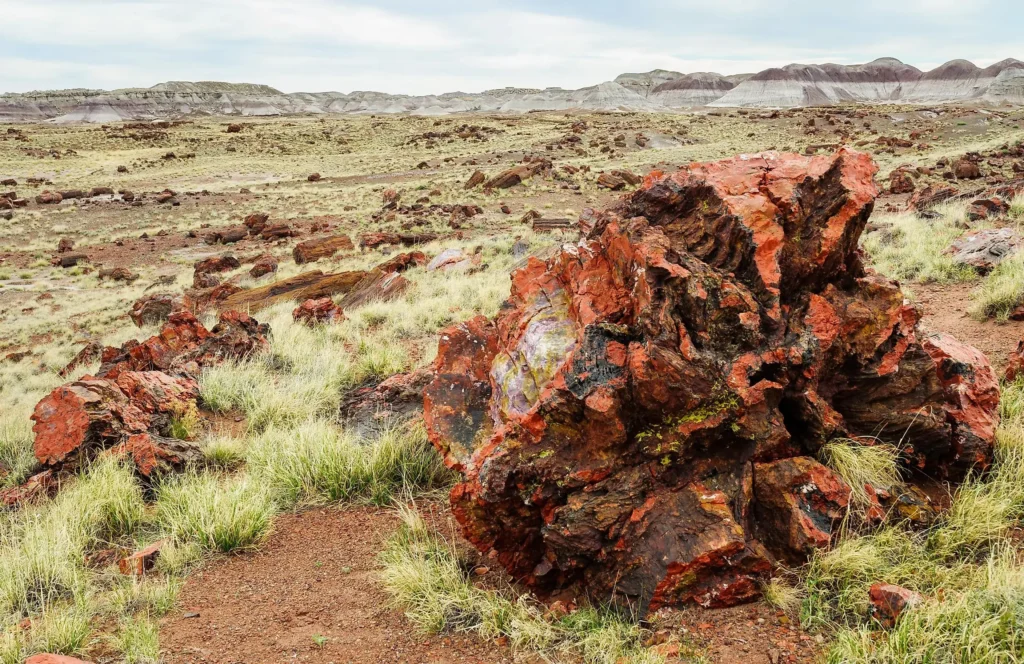

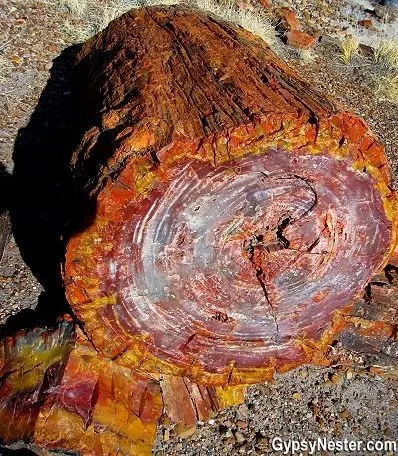
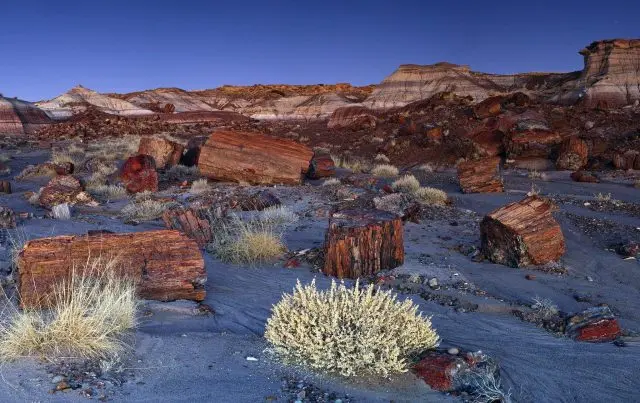
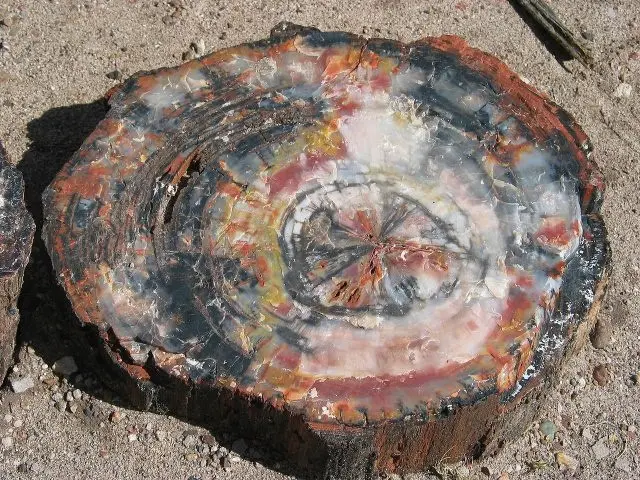
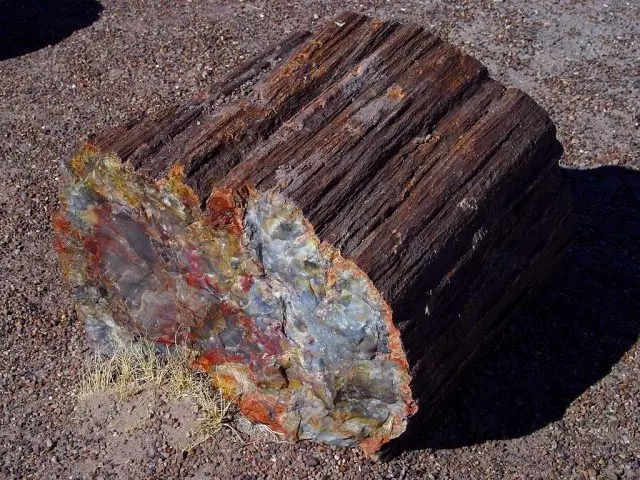
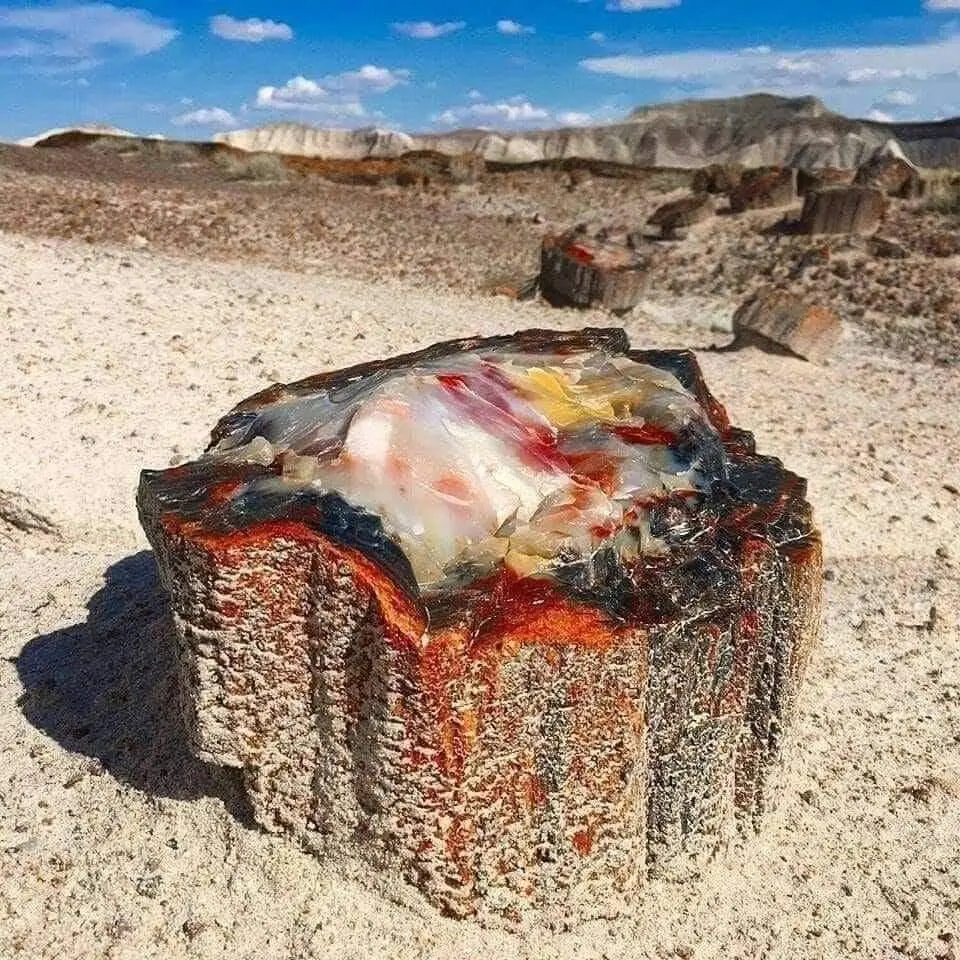
During its prime, Arizona’s forest was located near a sea on its western edge and experienced volcanic activity, resulting in the deposition of ash. As the water receded, many trees became submerged in the muddy earth, where they remained, protected from air and microscopic organisms that could cause decay. Over time, these trees underwent the process of petrification, transforming into fossils and providing scientists, archaeologists, and experts with invaluable insights into the ancient environment and its evolution.
The Petrified Forest National Park is not only home to fossilized trees but also hosts a diverse array of other ancient creatures such as dinosaurs, lizards, snails, and even crocodiles that once roamed the area. The eruptions from nearby volcanoes introduced silica into the groundwater, which, through a process known as capillary attraction, allowed the wood to absorb minerals and undergo fossilization.
What makes the petrified trees particularly intriguing is the presence of opal within them. Opal, a semi-precious stone known for its beauty and use in jewelry, has been discovered in one of the trunks. This finding, made in March 2020, showcases opal formations within the petrified wood, adding to the uniqueness and allure of this already striking location.



